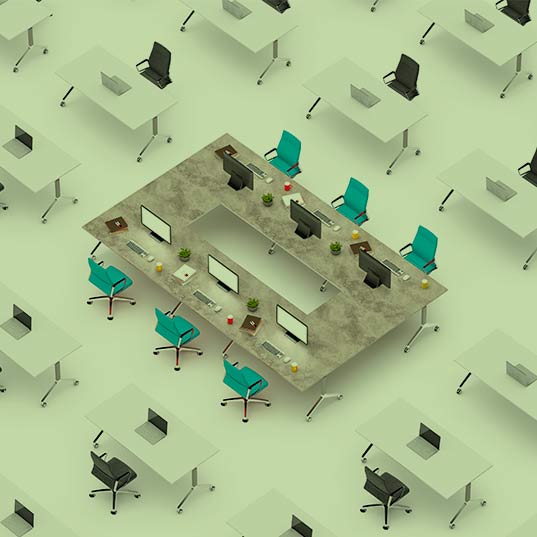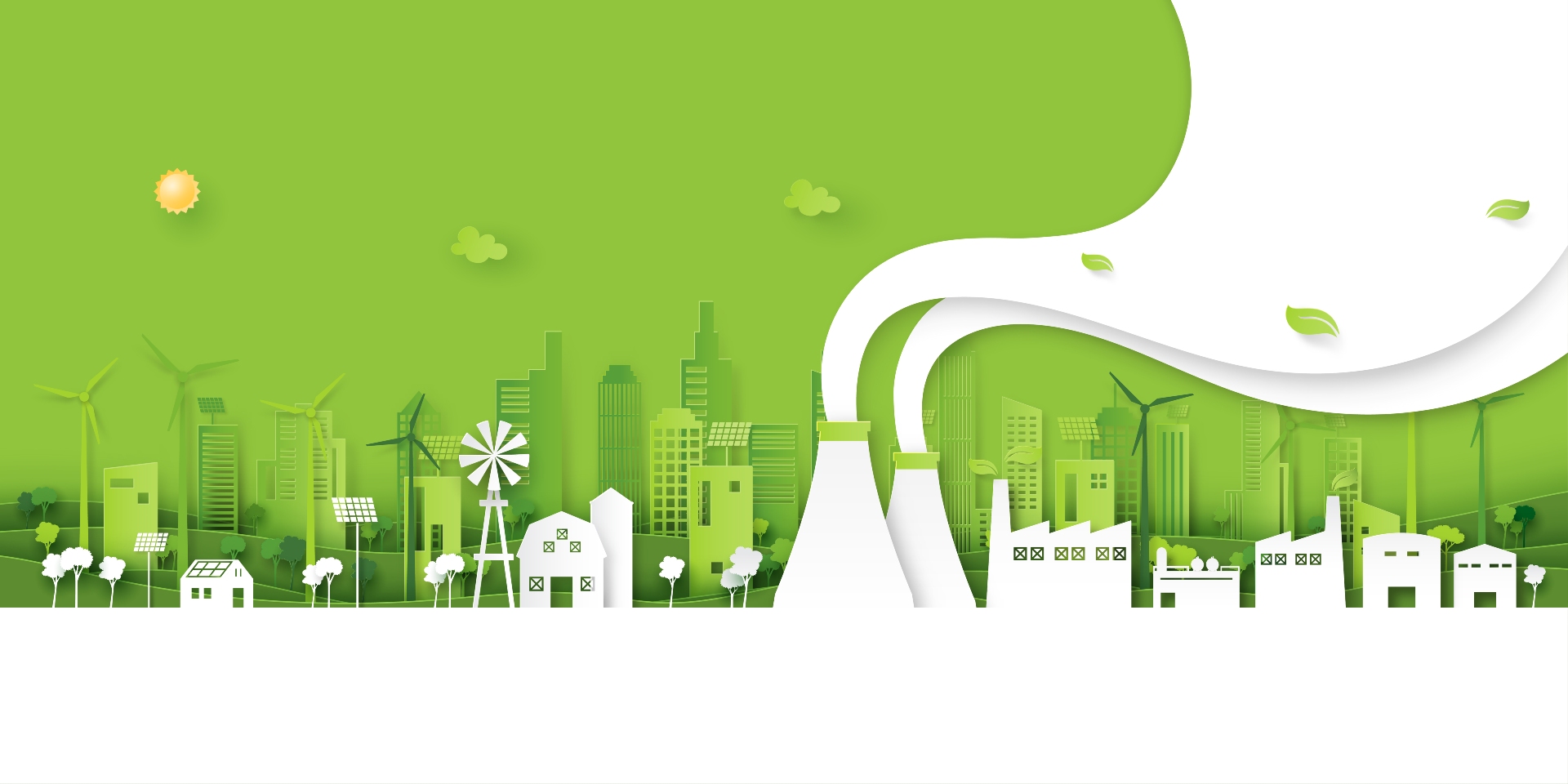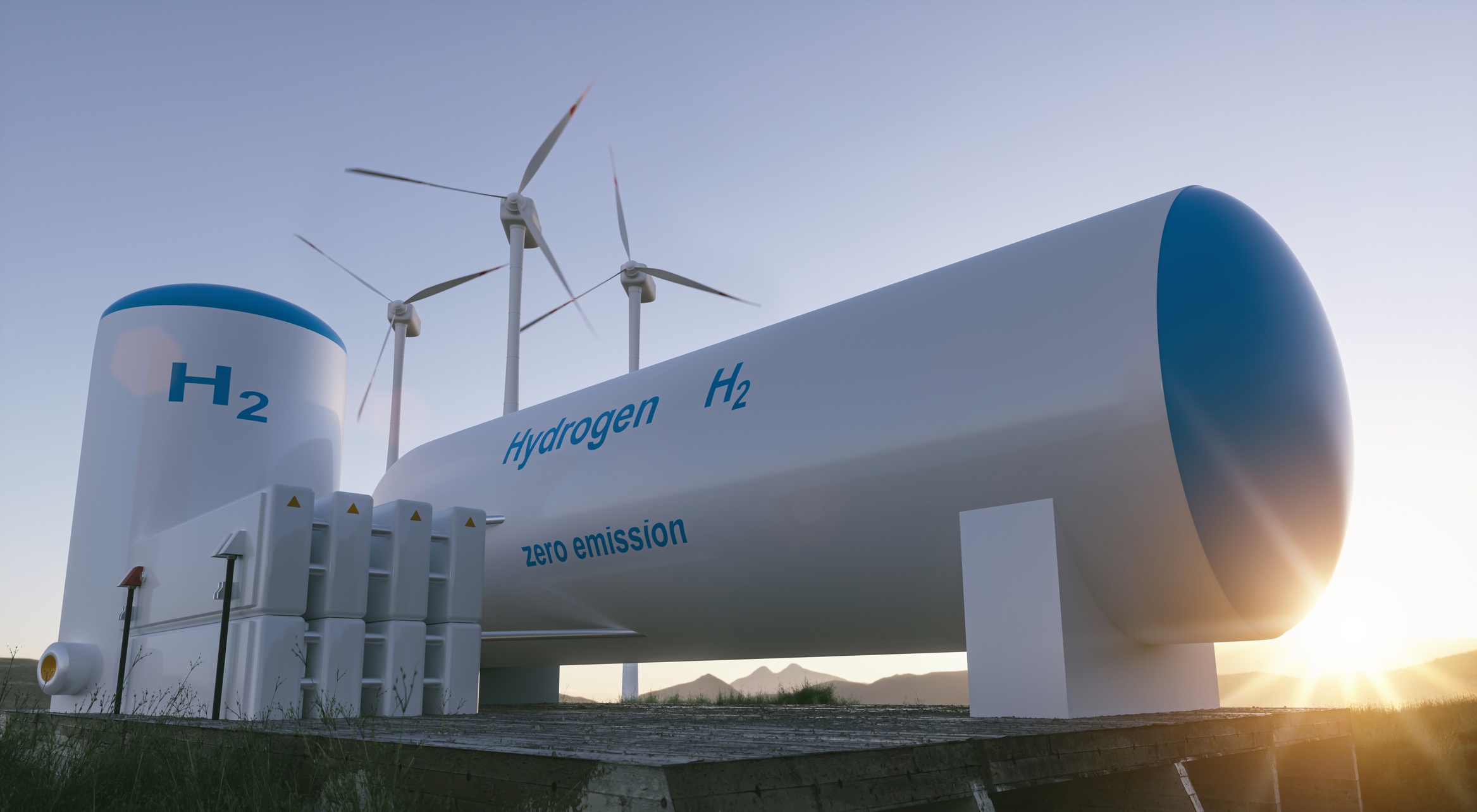Green roofs or how to save with rooftop gardens
Copenhagen has wisely decided to make them obligatory with the aim of getting CO2-free emissions by 2025. Do you know them?Declared as the European Green Capital 2014, Copenhagen has not hesitated to take a decision that will affect positively its energetic efficiency as a city; turning their rooftop dead spaces into gardens, the so-called green roofs.
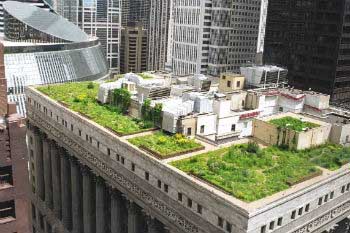
Green roofs are rooftops covered with earth so that plants can grow on them, leaving aside traditional materials like concrete or tiles. When it comes to sustainable architecture in big cities, which are beset by serious air pollution and high level of CO2 emissions into the atmosphere, this is a measure with a very positive impact leading to a sustainable development.
What are the advantages of green roofs?
1. They can regulate temperatures, work as heat insulators, keeping houses cool in the summer and warm in the winter.
2. They can serve as urban vegetable gardens, promoting personal consumption in the community and reducing expenses in the supermarket list.
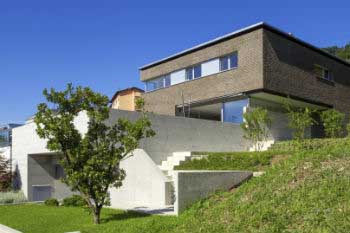
3. They improve air quality in cities soaking up pollutants, which translates into fewer respiratory diseases and can cause a reduction in the derived health expenditure.
4. They absorb up to 80% of the rain, avoiding potential floods.
How should green roofs be tended?
- The rooftop has to be fitted out to house the chosen vegetation; a special cover has to be made in order to avoid potential water leaks into the building.
- Plants have to be kept healthy, and you have to choose those species which best adjust to the type of weather (plants needing more or less water, or more or less light).
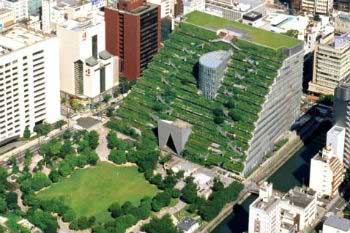
How do green roofs work?
- In order not to affect the building structure and for the sake of their installation, they need to have several layers, each one performing a function –they will thus need at least an anti-rooting layer, a draining one letting the water pass but not the earth and an impermeable and insulating layer preventing any harm to the building roof.
- They can sometimes be built with some slope to improve their drainage, though this makes it hard for the soil to keep wet.
- They can be extensive or intensive, according to the type of vegetation and tending they involve. The intensive ones are like regular or vegetable gardens, needing greater care, and the extensive ones hardly need to be tended annually though they are not usually used.
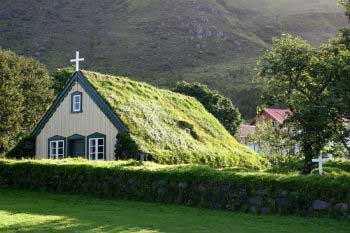
Origin of green roofs
The Scandinavian countries have been using them for centuries. Germany released them in the 1960s and it has nearly 10% of roofs like these.
Copenhagen has wisely decided to make them obligatory with the aim of getting CO2-free emissions by 2025.
Green roofs become an efficient measure to reduce CO2 emissions into the atmosphere coming from the cities in order to regulate their temperature, thereby reducing air-conditioning or heating expenditures and ultimately improving their populations’ life quality.
Would you like to have a green roof in your community?
* Did you like this article? Subscribe and you will receive our next email publications. You can do it here.


